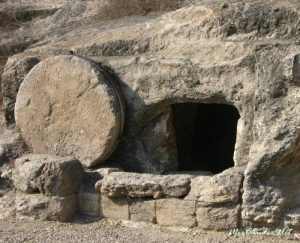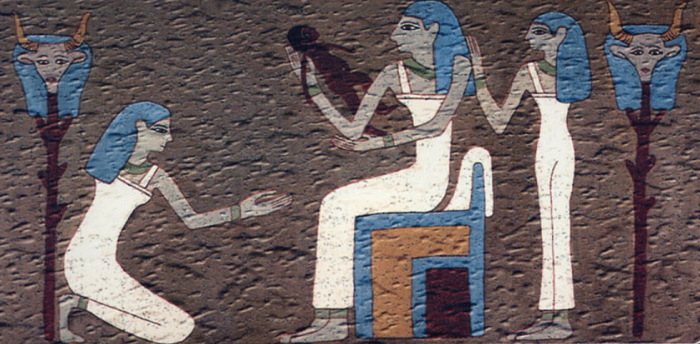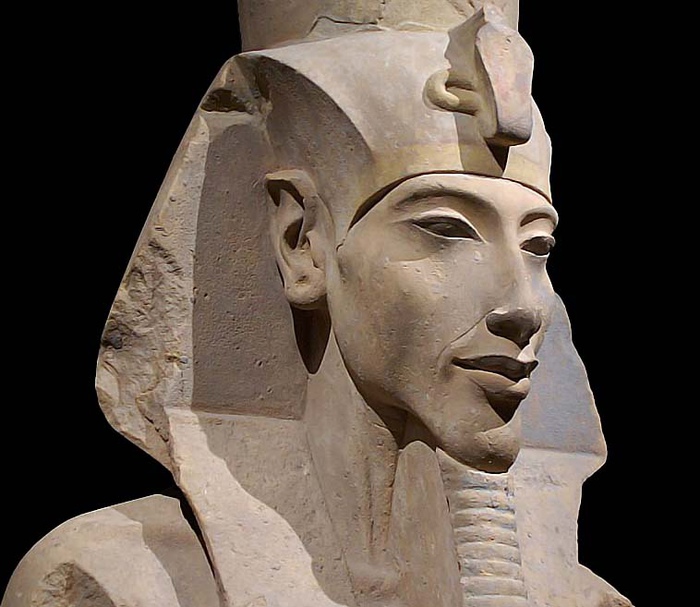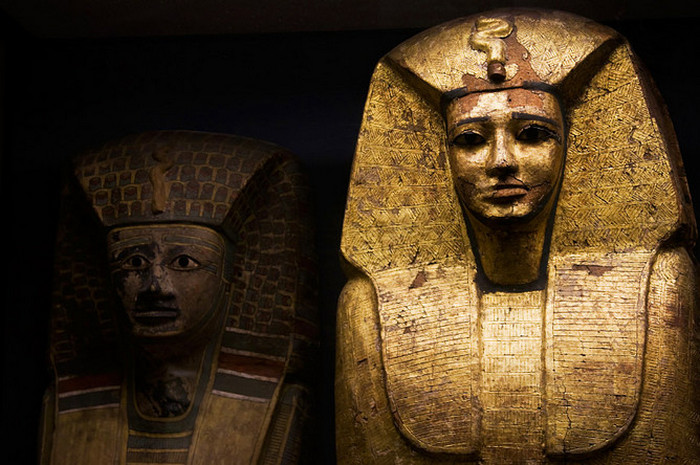Ambiguous facts from the Bible, about which today archeologists and religious scholars argue
 Perhaps there is no other such book in the world in which so many contradictions are found as in the Bible. There are constantly heated debates between atheists, archeologists and religious scholars, and the main one is whether the Book of Books can be regarded as a reliable historical source.
Perhaps there is no other such book in the world in which so many contradictions are found as in the Bible. There are constantly heated debates between atheists, archeologists and religious scholars, and the main one is whether the Book of Books can be regarded as a reliable historical source.
1. Gummy in the mask of mummies
In one of the ancient Egyptian tombs a unique find was made – in the burial mask of the pharaoh they found a fragment of the oldest known Gospel. Scientists believe that this text dates from the I century of our era. The content of the text archaeologists do not disclose. It is only known that the burial mask was made of flax with the addition of glue and paint. Inside the mask were found and other documents – personal and business letters of the deceased. It was they (and also the hydrocarbon analysis) that made it possible to determine the exact age of the burial and papyrus.
It is believed that all the books written under the general title “Gospel” were written several decades after the earthly life of Jesus. Today, the oldest copy of the Gospel texts dates from the II-III centuries.2. The Bible and Archeology
In 2007, a group of archaeological scientists stated that a tomb had been found on the territory of modern Israel, in which the remains of Jesus and his family were found, including, possibly, a son named Jude. This statement provoked fierce religious debates, archeologists accused of falsification. Believers were outraged, because, in their opinion, Jesus was resurrected, and therefore it is simply impossible to find his remains, and besides, according to biblical texts, he never married or had children. Everything ended with litigation and fines. A scientist banned the excavation.
3. Inscription from Ofel
For centuries, discussion among Bible scholars has not subsided about whether the Old Testament was written in real time or whether it was done over the centuries following the events described in it. Until 2008, it was commonly believed that the Jewish Bible was written in the 6th century BC, because until that time there had been no evidence of the existence of Hebrew. Then in Khirbet Keifaf in Israel, a clay fragment was found, dating back to the 10th century BC, with an inscription in Hebrew. “This indicates that the Kingdom of Israel already existed in the 10th century BC, and that at least some of the biblical texts were written hundreds of years before the dates presented in current research,” said Professor Gershon Galil, who deciphered the ancient text.
As a rule, the two main camps in biblical archeology argue about whether each new discovery proves that the Bible is a historical document or not. However, this shard of clay was not enough to confirm that the Old Testament was written in real time.
Then in 2013, the inscription “Ofel” was found on a fragment of an earthenware jug near the Temple Mount (in the Ophel region) in Jerusalem. In this case, scholars could not even reach a consensus on the language in which the inscription was made (some claim that it is a Middle Eastern language, others say that it is an ancient form of Hebrew), not to mention its content. But this fragment seems to date from the tenth century BC.
If the theory is confirmed, the inscription from Ophel suggests that Jerusalem was a significant city already in the 10th century BC. In addition, it suggests that the letter was widespread at that time. Although controversial, some scholars believe that if Jerusalem was at that time inhabited by people speaking and writing in Hebrew, the scribes would probably record the events of the Old Testament in real time, which would make the Bible a more historically accurate book. Since then, several more inscriptions have been found that are 3,000 years old.
4. God’s wife
Based on some archaeological finds and references in the Hebrew Bible, archaeologists and religious scholars believe that God had Asher’s wife, and the ancient Israelites worshiped both of them. Historian Rafael Patay first proposed this theory in 1967. Then in 2012, researcher Francesca Stavrakopulu re-introduced this idea, citing evidence in the form of ancient artifacts and texts. She claims that the statue of Asherah was worshiped in Jerusalem in the temple of Yahweh.
The Book of Kings speaks of women in temples performing rituals for Asherah. “Ashera was not completely cut out of the Bible by her male editors,” said Edward Wright, president of the Center for Jewish Studies in Arizona. “The references to it have remained and, based on these traces, archaeological evidence, and references to it in texts from countries bordering Israel and Judea, we can restore its role in the religions of the Southern Levant.”



